case studies
Waterproofing the West
Contact
Insight:
Stormwater harvesting, treatment and subsequent storage within an aquifer and distribution to western Adelaide for recycled water (non-potable) reuse
Project description
Region-wide system that harvests, treats and stores stormwater and distributes harvested water through western Adelaide, sustaining a growing economy and enhancing the natural environment. The project will result in sound water management and will treat and inject up to 2,400ML of stormwater each year. The recycled water is now used for irrigation and for flushing toilets, watering gardens, washing cars and paving, and filling ornamental ponds and water features.
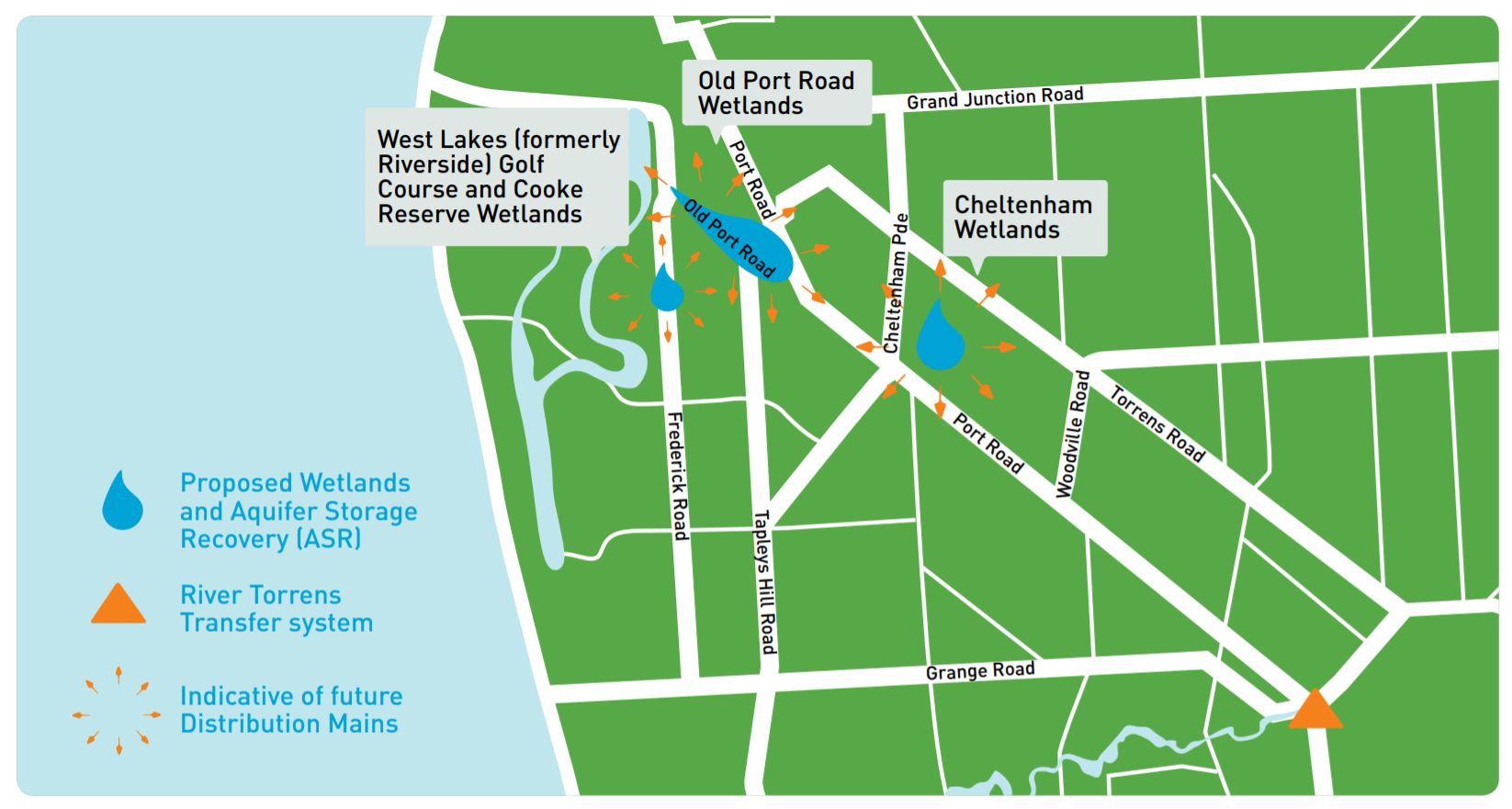
The drivers
Provision of an alternate water source to meet non-potable water demands, therefore reducing the dependence on mains water supplies.
- Diversity in supply: Desire to supply an alternative non-potable water source for the community.
- Reduced mains water demand: Decrease the dependence on reservoirs and the River Murray for mains water.
The innovations
Aquifer injection and extraction of captured and treated stormwater for non-potable reuse
- River pumping and wetland stormwater harvesting: Stormwater is harvested from the surrounding local catchment as well as the stormwater flowing into the urban section of the River Torrens. Local stormwater is captured and treated in constructed wetlands. Diverted flows from the River Torrens supplement the local catchment flows, approximately doubling the volume of stormwater recycled.
- Series of treatment wetlands: Total of 11ha of treatment wetlands have been constructed, at Old Port Road, Riverside Golf Course, Cooke Reserve and St Clair. These are able to treat the stormwater to a water quality suitable for recycled use.
- Storage in local underground aquifers: Harvested stormwater is injected into local aquifers during winter, to be extracted for use in summer.
- Link and distribution main: 36km of pipework link the three wetland and aquifer storage and recharge sites, to allow recycled water recovered from aquifers to be distributed throughout the western suburbs.
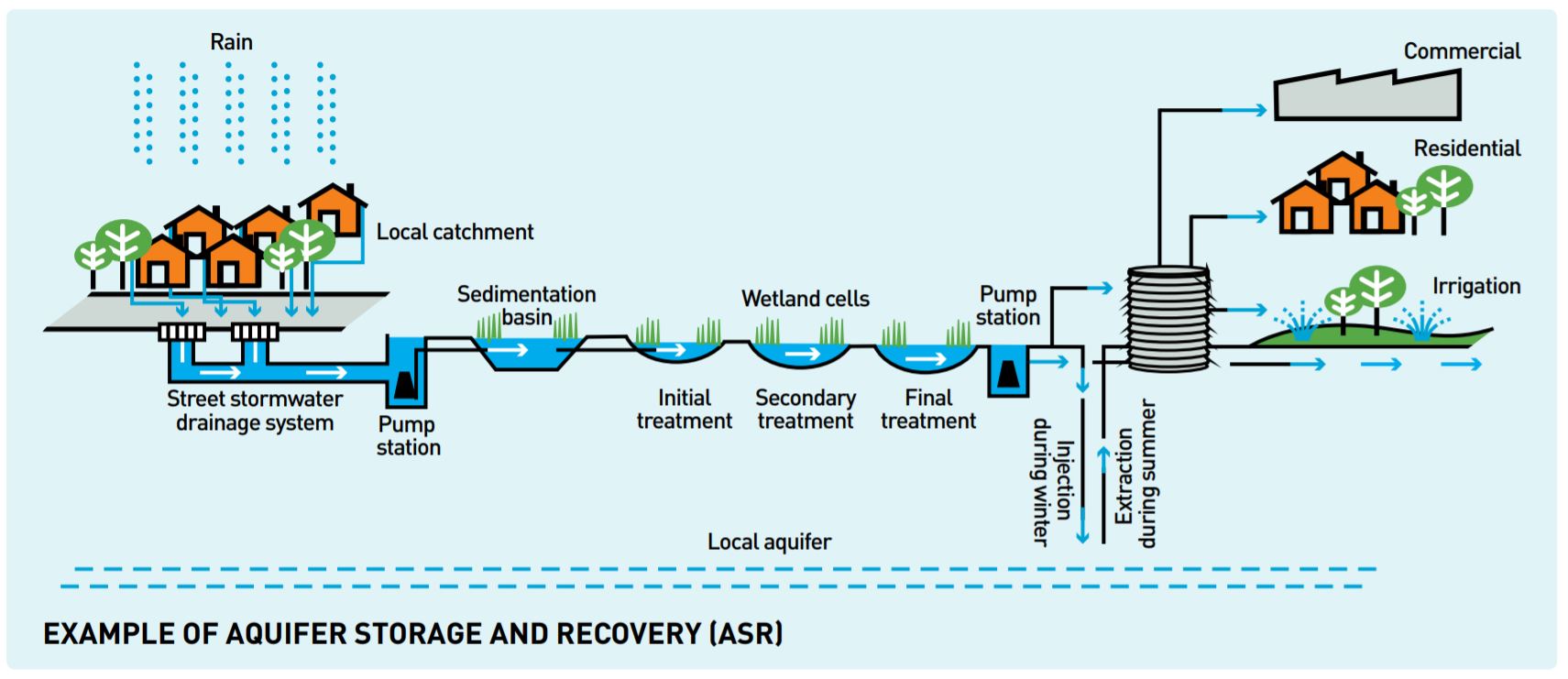
The lessons
- Recycled water is attractive to potential buyers: Reduced cost of water for the residential lots as a result of the recycled water connections made properties within the sub-division more attractive to prospective buyers. Another attraction to prospective buyers is that properties connected to recycled water are also exempt from state water restrictions, which were in place at the start of this project.
- Alternative water without sacrificing space on lots: One of the selling points with houses was that they didn’t require rainwater tanks, which saved on space and money for home owners.
Transferability
The stormwater harvesting and wetland treatment elements of this project have widespread applicability across Australia, as do recycled pipeline measures. It is especially transferable for greenfield developments, where construction and infrastructure costs can be optimised during the sub-division design and masterplanning stages. The aquifer storage and extraction element of Waterproofing the West would be applicable in other areas where local aquifers exist, such as in regions of South Australia and Western Australia.
Project stats
Location
West Adelaide, SA, Australia
Participants
Adelaide and Mount Lofty Ranges Natural Resource Management Board
Federal Government Natural Disaster Mitigation Program
Awards
Stormwater South Australia 2011 - Excellent in Strategic or Master Planning
CCF Earth Awards Finalist - Excellence in Civil Construction
Additional information
Contact
The outcomes
 Cities providing ecosystem services
Cities providing ecosystem services

- Protected receiving environments: Reduced stormwater flows and pollutants will help prevent the degradation of seagrass meadows, as well as decreasing the pollution that contaminated the Gulf St Vincent’s coastline marine environment. From 2014-2017 the total volume of potentially polluted stormwater prevented from entering the Gulf has been estimated to be 1704ML/yr.
- Local biodiversity: Creation of wetlands enhances the natural environment and local biodiversity.
 Cities as water supply catchments
Cities as water supply catchments

- Alternative watersources: Using local catchment runoff and diverting River Torrens flows as an alternative water source for the 64ha development reduces the potable water consumption by 555ML/yr.
- Aquifer storage and recovery (ASR): Storage and extraction from local aquifer provides additional storage volume, maximising reuse potential for the stormwater.
 Cities comprising water sensitive communities
Cities comprising water sensitive communities

- Water conscious community: Recycled water in the home in a water scarce community helped bring awareness to and change perceptions around water sustainability.
- Improved local amenity: Wetlands and irrigation have improved the amenity and resilience of community green spaces.
Business Case
| Costs | Benefits |
|
|
Interested in this solution?
We partner with small and large companies, government and industry in Australia and around the world.
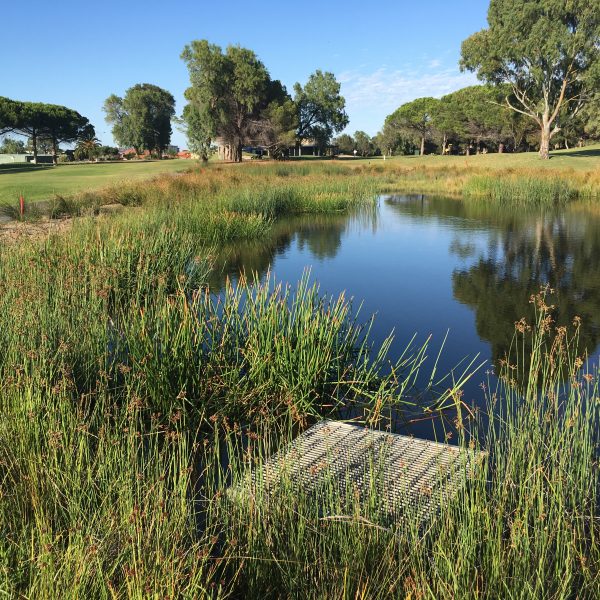
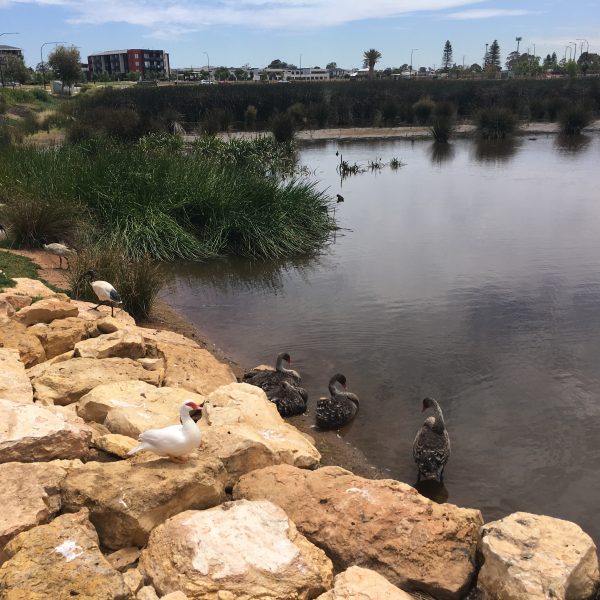
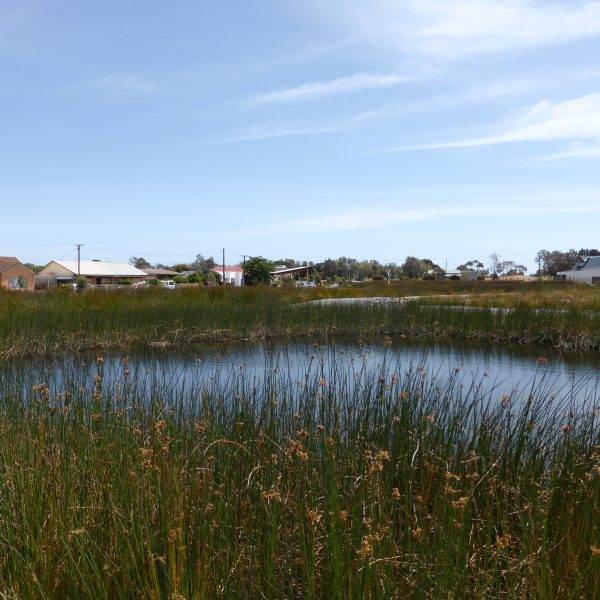
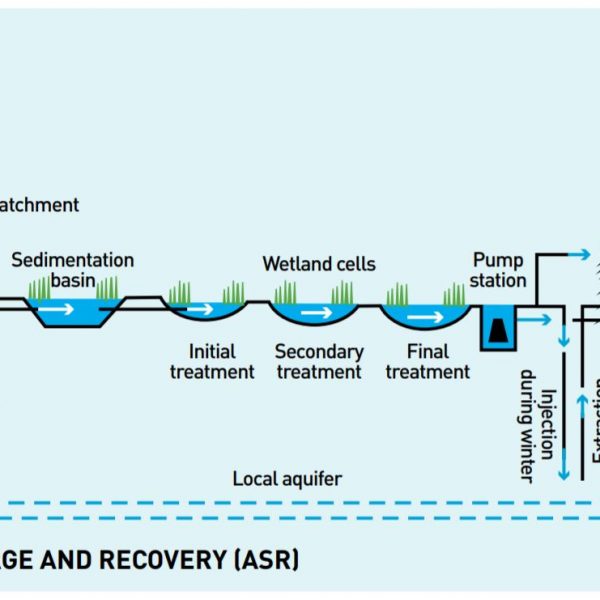
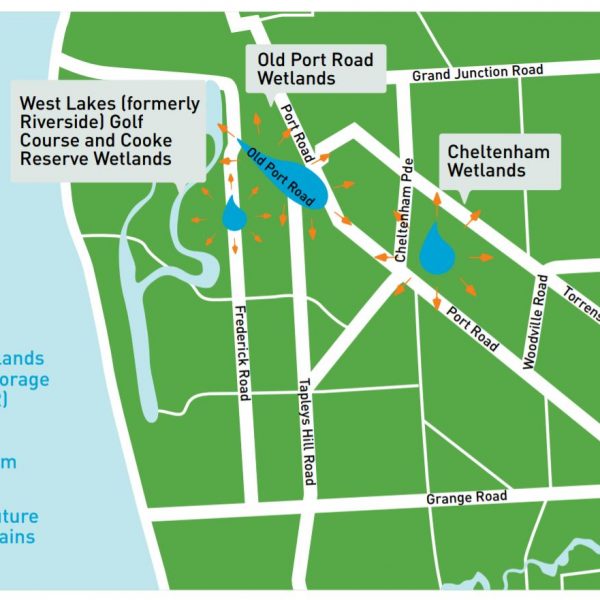
Comments